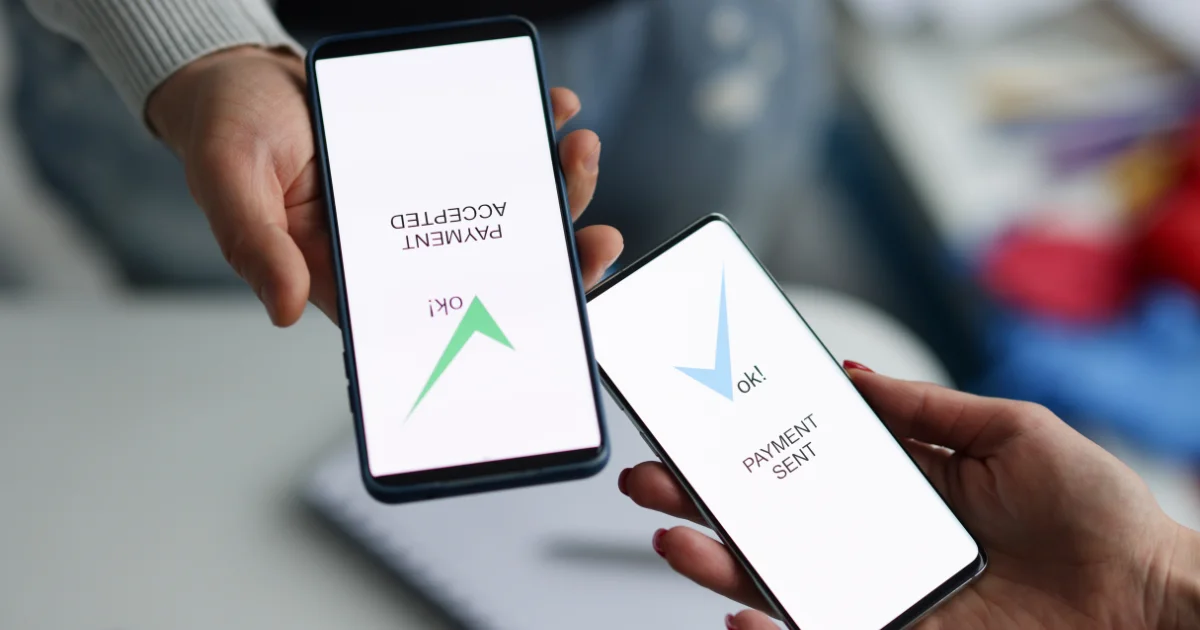The Philippines has witnessed a transformative shift in the payments sector in recent years. Driven by technological advancements and global financial trends, the nation and its people have gradually turned to modern and digital options when shopping online, settling bills, or paying for services.
This evolution opened doors to an abundance of opportunities for businesses and forward-thinking entrepreneurs looking to leverage this growing movement.
Learning these trends can help even startups and small- and medium-sized enterprises optimize business operations, reach a broader customer base, and drive revenue growth. Businesses can maintain their competitive edge and be responsive to consumer needs in an ever-evolving market by exploring various payment options.
For entrepreneurs, staying on top of market trends is crucial, so here are some trending payment methods you can adopt for your business in 2024 :
1. Digital Wallets
Many modern Filipino consumers rarely bring physical cash or plastic cards with them as they would much prefer to pay with digital wallets. From transferring funds to purchasing goods, these wallets act as a convenient, all-in-one payment solution. The appeal lies in their ability to process quick, seamless transactions that only require a few taps on one’s phone. Consumers can send the payment from their account to the merchant’s account in a few seconds.
Digital wallets have grown in popularity over the last few years due to their convenience, especially during the time of the pandemic. One example is Maya, a digital wallet application offered by a fintech company of the same name. The Maya digital wallet, in turn, is just one of the several digital wallets that can send payments through the Maya Terminal, a digital POS device or virtual payment terminal also from Maya Business.
This device can accept payments from other digital wallets, including GCash, ShopeePay, and GrabPay. On top of this, the Maya Terminal also accepts payments made via QR Ph codes, debit cards, and credit cards, functioning as one of the most versatile card payment terminals every entrepreneur should have for their business.
Must Read: Best PayPal Alternatives for International Payments
2. QR Code Payments
A QR (quick response) code is a two-dimensional barcode that can be scanned using a smartphone camera, directing the user to a specific online platform or action. For in-store payments, consumers can simply scan a merchant’s QR code and then input the payment amount to complete a transaction, eliminating the need for using physical cards.
As mentioned above, using a payment terminal machine like the Maya Terminal is a necessary step that merchants must take to accept emerging payment methods, such as QR code payments. Recently, the Philippines has adopted QR Ph, an initiative spearheaded by the Bangko Sentral ng Pilipinas (BSP), to unify all QR code-based transactions across different financial services.
This was adopted to improve the compatibility between banks and e-wallet providers’ QR code systems and simplify digital payments nationwide. This move is a key part of the BSP’s strategy to boost digital payments and financial inclusion in the Philippines.
3. Electronic Fund Transfer
The banking sector in the Philippines is evolving with the advent of electronic fund transfers. This shift is primarily driven by systems like InstaPay and PesoNET, which have significantly improved bank-to-bank transactions and processes for businesses and consumers alike.
InstaPay facilitates real-time, small- to medium-sized transfers, delivering instantaneous payment confirmations and improved convenience. PesoNET caters to larger and scheduled transactions that provide businesses with improved cash flow management and reduced reliance on physical banking operations.
With these up-and-coming payment methods, entrepreneurs can keep up with the modern demands of digital finance and achieve more efficient financial processes.
4. “Buy Now, Pay Later” Options
A rising trend gaining momentum worldwide are “buy now, pay later” (BNPL) programs, which are also beginning to reshape the purchasing habits of Filipinos. BNPL programs offer consumers the flexibility to acquire products or services immediately but postpone the payment, often in installments. Sometimes, repayments can be made without added interest to the balance if it is settled within a specific time frame.
For merchants and entrepreneurs, BNPL can help increase sales as it reduces the immediate financial burden on consumers. It also opens up a segment of consumers who might be credit-averse or those without traditional credit options.
5. Cryptocurrency Payments
Cryptocurrencies have exploded onto the mainstream financial scene, and the Philippines hasn’t been left behind. Many platforms have also made it simpler for Filipinos to buy, sell, and use cryptocurrencies like Bitcoin and Ethereum. Accepting crypto payments can be a strategic move for entrepreneurs since it showcases their businesses as forward-thinking and tech-savvy enterprises with their up-to-date payment methods.
It also caters to a growing segment of the population embracing digital currencies. Crypto transactions are also often associated with lower processing and transactional fees compared to traditional payment methods, and they can have a global reach, free from currency conversion complications.
6. Loyalty Programs & Cashbacks
Loyalty programs and cashback have been on the rise recently, notably in the domain of online shopping, headlined by international shopping platforms and marketplaces. These programs incentivize consumers to make repeat purchases by offering points, discounts, or cash returns.
Small business entrepreneurs can implement unique loyalty programs of their own that can improve customer retention and encourage increased spending. Furthermore, a solid loyalty or cashback initiative can differentiate a brand from its competitors and foster deeper customer relationships in a market where multiple businesses offer similar products or services.
Also Read: Best Online Payment Gateways for eCommerce Businesses
Conclusion
Businesses are quickly adopting digital technologies to remain relevant in this dynamic market, and it’s clear that modern payment solutions are a vital part of their overall strategy. The trends highlighted above mark an evolution in consumer expectations and behaviors. The interconnectedness of these innovations is pushing the payments sector into an era of unparalleled efficiency and personalization.
Understanding and adapting to these trends is a cornerstone for sustainable success in a digital-first world. As these payment trends shape the future of commerce in the Philippines, entrepreneurs are being equipped with powerful tools to innovate, serve their customers better, and carve niches in the evolving marketplace.






